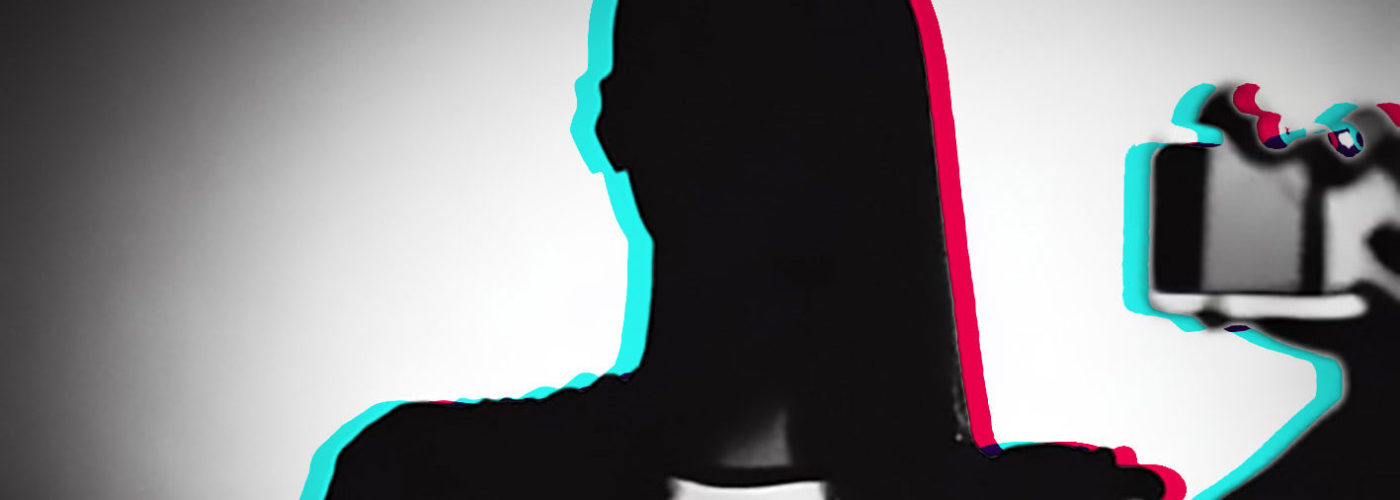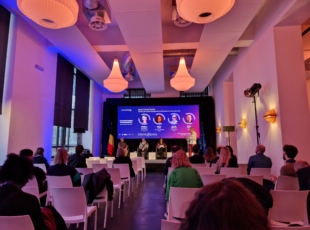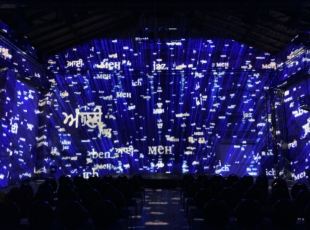AuthenTikTok, unfiltered beauty

Article author :
#BoldGlamour, #Teenager. Much ink (and many a tear) has been spilled in the past couple of weeks regarding the recent filters released on TikTok. Innovations which prove that the Chinese network is advancing ever further in its quest for authenticity, self-love and, above all, consistency.
If, like us, when someone says ‘beauty filter’ to you, the first thing which springs to mind, a touch condescendingly, is the dog ears around the heads of influencers, please be advised that you are completely behind the times. A quick catch-up session, then, to get hip to what’s going on: three new features released quasi-simultaneously by TikTok at the end of February and which, owing to their implacable logic, finally bring some clarity and consistency to the murky world of online beauty.
Buzz n°1
BoldGlamour. The Rolls Royce of beauty filters, THE formula which will instantly reveal your inner Kim Kardashian. Used over 9 million times in the week following its release, this filter has been widely reported by the media. In technological terms, it is revolutionising practices: goodbye to the tremors and other glitches which typically reveal the virtuality of the transformations; BoldGlamour literally sticks to your skin, producing an inexplicably realistic result (to those people who find Kim’s face realistic, but that’s a different subject).
The problem is that it is done so well that it is starting to give everyone a complex, in particular teens, avid users (and predominantly female users) of the network. Propagating beauty standards as illusory as they are unattainable, the widespread use of filters has led to a sharp uptick in cases of body dysmorphic disorder, self-esteem issues, anorexia, depression and even suicide amongst youth in recent years. It is no longer a question of comparing oneself to a star, idealised but still real, but to a virtual version of oneself, entirely made up. A message: ‘Here is what you could almost look like, but which, in reality, you will never look like.’ And, in between the lines: ‘You could be so much better than you are.’
Buzz n°2
Whilst it has generated less media attention, the #Teenager filter, released a few days earlier, has got Generation X deeply rattled. The same technology, which presents you to yourself in the here and now as the person you looked like when you were 14. Discovering their chubby-cheeked and hirsute teenage selves, online in real time, our netizens cannot keep their emotions in check. From introspection to bursting into tears, if we sum up their reactions, what we get is pretty much this: ‘Oh * long silence * Wow! * tears * Oh, if only I had known how beautiful I was at the time * more tears * Oh, my god! * sniffles * And to think I thought I was ugly. If I could tell them now, you are perfect, don’t change a thing! * more sniffles.’
Can you feel the dawning of a slight incoherence in view of the paired reading of these two news items? Are you thinking that it might have been helpful to have these two communities … talk to each other? Oh, you’re adorable!
Buzz n°3
Enough of this naivety. Let us complete our global review of consistency with THE subject at the heart of the values of TikTok, its daily battle: protecting young people. To ensure that teenagers do not starve themselves too much in order to obtain Kimmy’s hollow cheeks, on February 27 the social network launched a campaign to mark Eating Disorders Awareness Week. What do you mean, you missed it?! And yet it was so very conspicuous, tucked away on page 3,463 of the website, and only on its US version! Encouraging internet users to express themselves authentically, and therefore entirely consistent with BoldGlamour, launched two days beforehand, the campaign’s central focus was a message: you are fine as you are. And TikTok therefore quite naturally chose to name it #ItsTimeForChange.

And there you have it!
Within the space of a few days, we thus have: 1. A filter which encourages teenagers to change; 2. A filter which encourages adults to regret having wanted to change when they were teenagers; 3. A campaign which encourages teenagers and adults to stop wanting to change which is called #ItsTimeforChange.
We don’t know if you have managed to make sense of any of this but, personally, it has taken the edge off our appetite (which was not, on the face of it, the main goal, above all as regards point 3, but whatever). One thing we can be certain of is that on TikTok, change is now, at least except for Kim Kardashian, who is very fine as she is.
A story, projects or an idea to share?
Suggest your content on kingkong.





